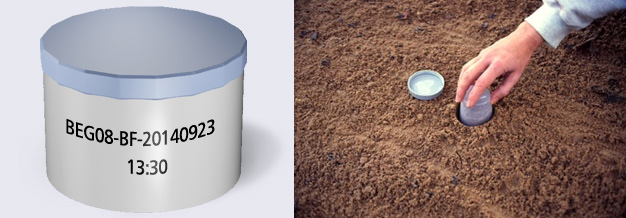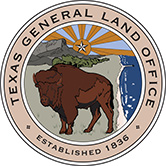Sediment Samples
Geologic setting and physical and biological processes control sediment grain size and type. "Geologic setting" refers to the geomorphology of the terrain and the type of sediment or rock on which the beach is formed. In some cases, a topographically low, eroding, muddy marsh may be the platform on which the beach is formed; in others, an earlier established sandy barrier island or a bedrock ledge may be the setting. "Physical processes" refer to the action of waves, tides, and wind as they move sediment on the beach. "Biological processes" are those processes associated with plants or animals. Plants and animals may be sediment producers for the beach, especially shell-producing animals, but they also affect sediments by their burrowing and their baffling of wind and wave energy.
Grain-size and -type analyses of three sediment samples taken along the beach profile will typically reveal the different processes at work. Comparison of samples over time and between different beaches will provide additional insight into how beaches respond to varying conditions. At each location, you will take a core of sediment about 5 cm long that will represent conditions over some period of time. Given the frequency of your sampling (every 2 to 4 months), analyses on a core of sediment will provide more reliable data than just scraping the surface of the beach, which would often represent just the last few moments of deposition or erosion.
1) Take one sand sample each from the foredune, berm-top, and beach-face areas (see the figure below).

2) Take the samples while measuring the beach profile along the profile line. Note on the beach-profile form the point at which you take the samples.
3) Write the following information on the sample cup before taking the sample. Use a permanent marker.
Profile name: (e.g.) BEG02 Sample location: foredune (FD), berm top (TB), or beachface (BF) Date (year/month/day) and time: e.g. 1997/09/23 0830

4) Pick an undisturbed area and push a small uncapped plastic sample cup into the sand (as shown above). Carefully pull the cup out while holding the sand in it and replace the lid.



.png)